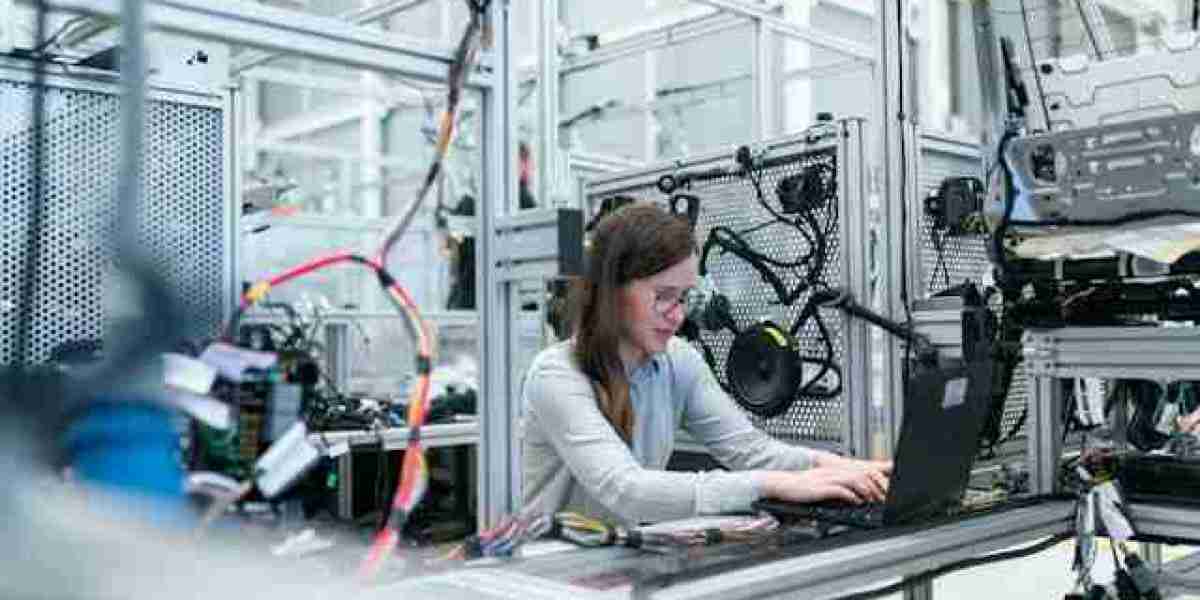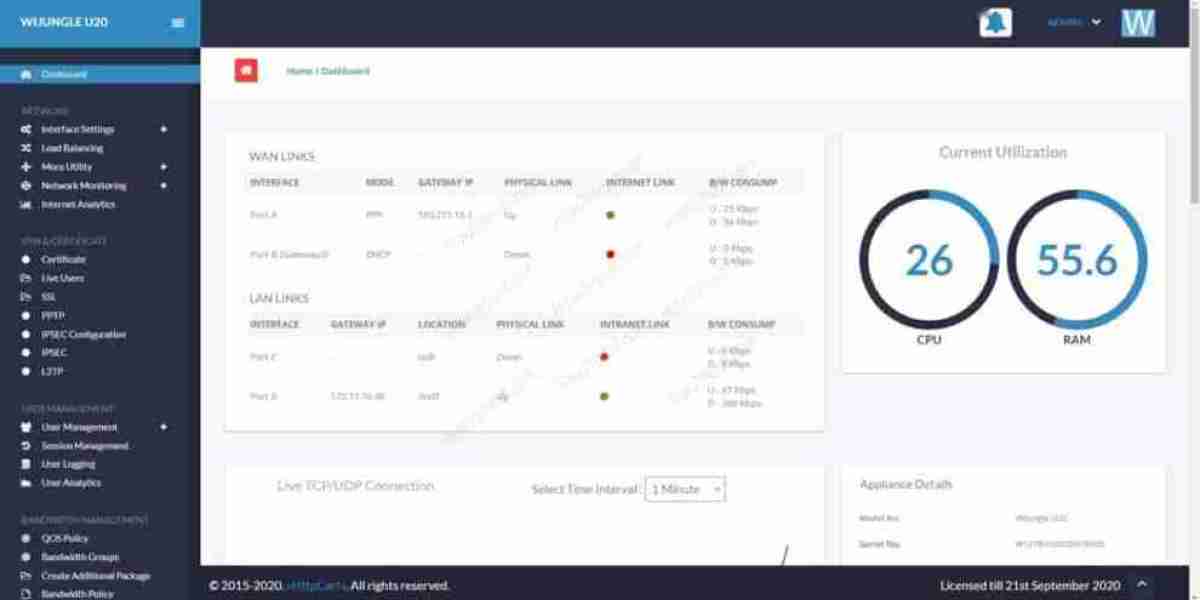Epilepsy is a neurological disorder characterized by recurrent seizures, affecting millions of people worldwide. Accurate and timely detection of seizures is crucial for effective management and treatment. In recent years, advancements in artificial intelligence (AI) have led to the development of innovative tools and software that enhance the detection of epilepsy. This article delves into the science behind AI-powered epilepsy detection, exploring how these technologies work, their benefits, and the role of platforms like Neuromatch in advancing this field.
Understanding Epilepsy and Its Challenges
Epilepsy is a complex neurology software that can manifest in various forms, making diagnosis and treatment challenging. Seizures can vary in frequency, duration, and intensity, and they may not always be witnessed by healthcare providers. Traditional methods of seizure detection often rely on patient reports, clinical observations, and electroencephalography (EEG) readings. However, these methods can be subjective and may not capture all seizure activity, leading to underdiagnosis or misdiagnosis.
The Need for Improved Detection Methods
The need for more accurate and reliable detection methods is evident. Patients with epilepsy often face significant challenges, including:
Inconsistent Seizure Patterns: Seizures can occur unpredictably, making it difficult for patients and caregivers to monitor and report them accurately.
Limited Access to Specialists: In many regions, access to neurologists and epilepsy specialists is limited, leading to delays in diagnosis and treatment.
Impact on Quality of Life: Uncontrolled seizures can significantly affect a patient’s quality of life, leading to anxiety, depression, and social isolation.
The Role of AI in Epilepsy Detection
AI-powered technologies are transforming the landscape of epilepsy detection by providing more accurate, real-time monitoring and analysis of seizure activity. Here’s how these systems work:
1. Data Collection
AI systems rely on extensive data collection to identify patterns associated with seizures. This data can come from various sources, including:
EEG Monitoring: Continuous EEG monitoring captures electrical activity in the brain, providing critical data for seizure detection. AI algorithms analyze this data to identify abnormal patterns indicative of seizures.
Wearable Devices: Advances in wearable technology allow for the collection of physiological data, such as heart rate, movement, and skin conductance. These devices can provide additional context for seizure detection.
2. Machine Learning Algorithms
At the heart of AI-powered epilepsy detection are machine learning algorithms that analyze the collected data. These algorithms are trained to recognize patterns associated with seizures by processing large datasets.
Pattern Recognition: Machine learning models can identify subtle changes in brain activity that may precede a seizure. By analyzing historical data, these models learn to differentiate between normal brain activity and seizure activity.
Real-Time Analysis: AI systems can process data in real time, allowing for immediate detection of seizures as they occur. This capability is crucial for timely intervention and management.
3. Predictive Analytics
One of the most promising aspects of AI in epilepsy detection is its ability to predict seizures before they occur.
Risk Assessment: By analyzing historical data and identifying patterns, AI algorithms can assess an individual’s risk of experiencing a seizure. This predictive capability allows patients and caregivers to take preventive measures.
Alerts and Notifications: AI-powered systems can send alerts to patients and caregivers when a seizure is detected or predicted, enabling timely intervention and support.
Benefits of AI-Powered Epilepsy Detection
The integration of AI in epilepsy detection offers several key benefits:
1. Increased Accuracy
AI algorithms can analyze vast amounts of data with a level of precision that surpasses traditional methods. This increased accuracy leads to more reliable seizure detection and reduces the likelihood of misdiagnosis.
2. Continuous Monitoring
AI-powered systems enable continuous monitoring of patients, providing real-time insights into their neurological health. This continuous data collection allows for a more comprehensive understanding of seizure patterns and triggers.
3. Improved Quality of Life
By providing timely alerts and predictive insights, AI-powered epilepsy detection can significantly improve the quality of life for patients. Individuals can feel more secure knowing that they have a system in place to monitor their condition and alert caregivers when necessary.
4. Enhanced Research Opportunities
Platforms like Neuromatch play a crucial role in advancing research in the field of epilepsy detection. By facilitating collaboration among researchers and providing access to large datasets, Neuromatch enables the development and validation of AI algorithms for seizure detection.
The Future of AI in Epilepsy Detection
As technology continues to evolve, the future of AI-powered epilepsy detection looks promising. Several trends are likely to shape this field:
1. Integration with Telemedicine
The rise of telemedicine has transformed healthcare delivery, and AI-powered epilepsy detection will likely be integrated into telehealth platforms. This integration will allow for remote monitoring and consultations, improving access to care for patients in underserved areas.
2. Personalized Treatment Plans
AI’s ability to analyze individual patient data will lead to more personalized treatment plans. By understanding a patient’s unique seizure patterns and triggers, healthcare providers can tailor interventions to meet their specific needs.
3. Ongoing Research and Development
The field of AI in neurology is still evolving, and ongoing research will continue to uncover new applications and methodologies. As more data becomes available and technology advances, the potential for AI to improve epilepsy detection and management will expand.
What People Also Ask
How does AI improve epilepsy detection?
AI improves epilepsy detection by analyzing large datasets from EEGs and wearable devices to identify patterns associated with seizures. Machine learning algorithms can recognize subtle changes in brain activity and provide real-time monitoring.
What is Neuromatch, and how does it relate to epilepsy research?
Neuromatch is a collaborative platform that connects researchers in neuroscience, facilitating data sharing and collaboration. It plays a significant role in advancing research in epilepsy detection by providing access to large datasets and enabling collaborative studies.
Can AI predict seizures before they occur?
Yes, AI can predict seizures by analyzing historical data and identifying patterns that indicate an increased risk of seizure activity. This predictive capability allows for timely alerts and preventive measures.
What are the benefits of continuous monitoring for epilepsy patients?
Continuous monitoring provides real-time insights into a patient’s neurological health, allowing for immediate detection of seizures and timely intervention. It also helps identify patterns and triggers, leading to better management of the condition.
Are there any risks associated with AI-powered epilepsy detection?
While AI-powered systems offer many benefits, there are potential risks, including data privacy concerns and the need for rigorous validation of algorithms. Ensuring the security of patient data and the accuracy of AI systems is essential for safe implementation.
Conclusion
AI-powered brainwave analysis is revolutionizing the field of epilepsy detection, offering enhanced accuracy, continuous monitoring, and predictive capabilities. By leveraging advanced algorithms and data analysis, these technologies are transforming how healthcare providers diagnose and manage epilepsy.
As platforms like Neuromatch continue to foster collaboration and research in this area, the potential for AI to improve patient outcomes is immense. Embracing these innovations will not only benefit healthcare providers but also empower patients to take control of their neurological health, leading to a brighter future for those living with epilepsy. The integration of AI in neurodiagnostics is just beginning, and its impact will undoubtedly shape the landscape of epilepsy care for years to come.







